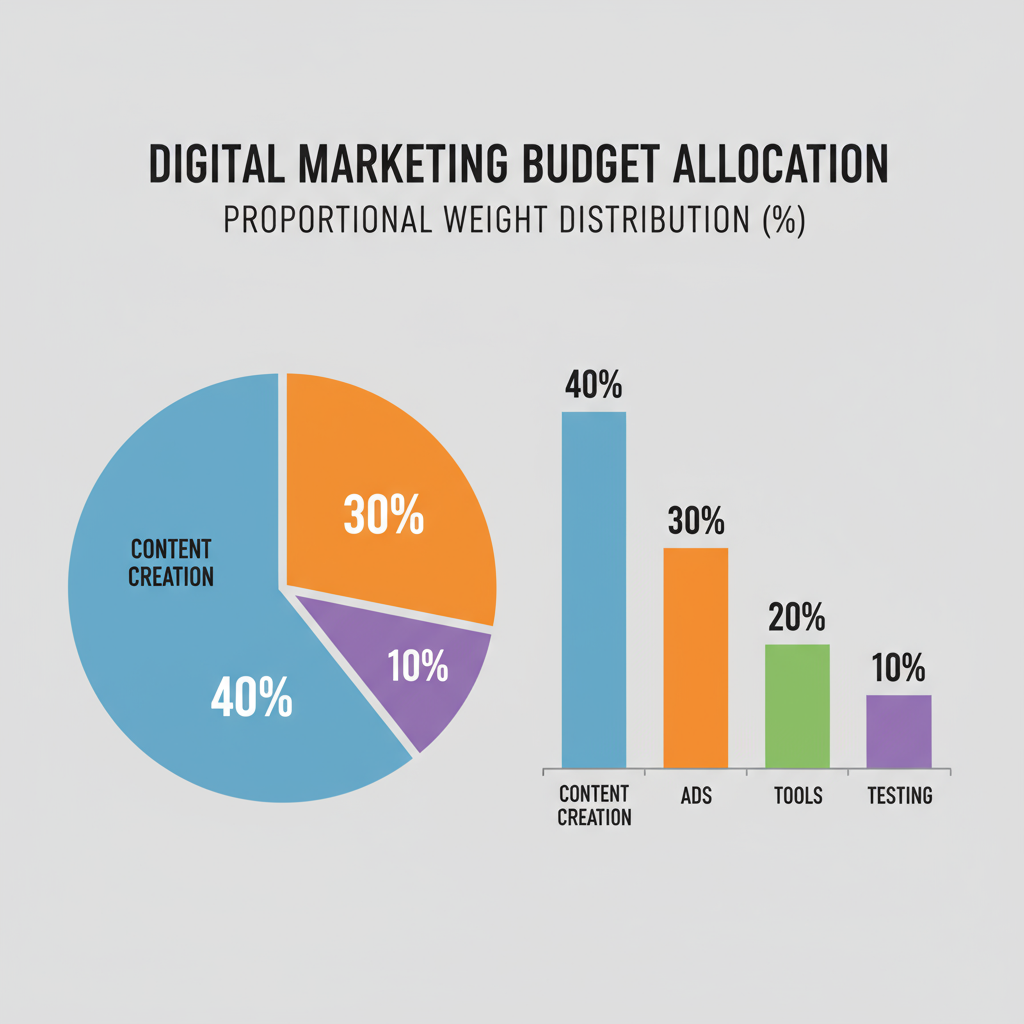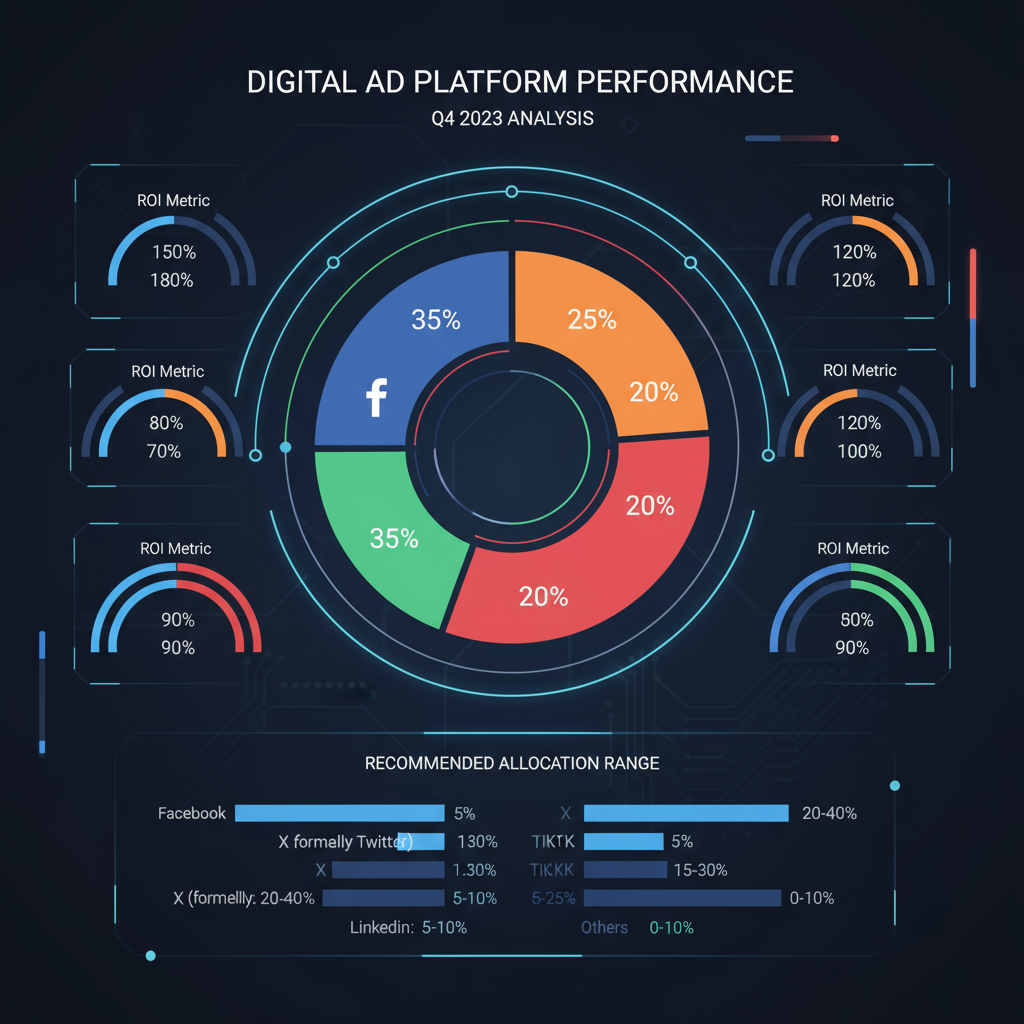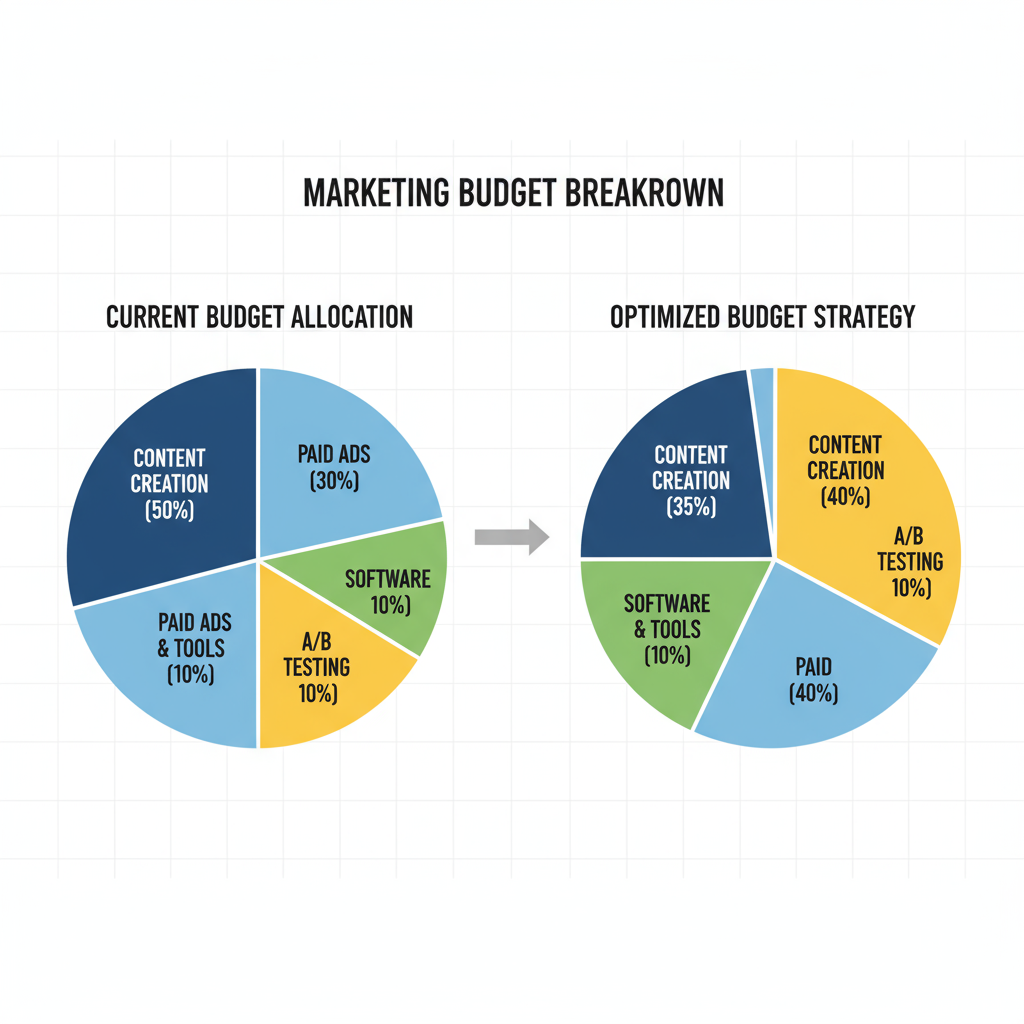How to Build an Effective Social Media Budget Plan
Learn how to create a data-driven social media budget plan that maximizes ROI, targets the right platforms, and balances creativity with ad spend.

How to Build an Effective Social Media Budget Plan
In today’s competitive digital landscape, creating an effective social media budget plan is essential for maximizing brand visibility, optimizing marketing spend, and driving measurable ROI. Whether you manage a small startup or a large enterprise, the way you allocate resources across platforms will determine your campaign’s success. This guide will walk you through actionable strategies to design a data-driven budget that balances creativity, targeted advertising, and ongoing optimization.

---
Define Your Social Media Goals
The foundation of any budget plan is clarity on your objectives. Your goals determine the type of activities you’ll invest in, the platforms you prioritize, and the measurement metrics you use.
Common social media goals include:
- Brand awareness: Expanding reach and visibility
- Lead generation: Attracting potential customers to your sales funnel
- Sales growth: Driving conversions through targeted ads and promotions
- Community engagement: Building stronger relationships with followers
Tip: Assign specific, measurable KPIs to each goal. For example:
- Brand awareness → Impressions and reach improvements
- Leads → Number of form submissions or signups
- Sales → Direct conversions or attributed revenue
---
Identify Key Platforms and Target Audiences
Knowing where your audience spends their time will help direct your budget efficiently. Different platforms serve different demographics and purposes.

Examples:
- Facebook / Instagram: Wide demographic range, strong ad capabilities
- LinkedIn: B2B networking, professional content
- TikTok & Instagram Reels: Younger audiences, short-form viral content
- Pinterest: Lifestyle, inspiration, product discovery
Action Steps:
- Conduct audience research using surveys, analytics, and third-party data.
- Identify primary and secondary platforms based on engagement potential.
- Map demographics to content types and campaign objectives.
---
Analyze Current Spend and Performance Metrics
Before setting new allocations, review historical data to identify what’s working and what isn’t.
Look at:
- Ad spend vs. ROI
- Engagement rates (likes, shares, comments)
- Click-through rates (CTR)
- Conversion data
Pro Tip: Reduce investments in underperforming areas and redirect funds to high-impact channels that produce measurable results.
---
Allocate Budget by Category
Once goals and platforms are outlined, break your budget into clear categories. This ensures balanced investment across operational needs and helps track spending effectively.
| Category | Description | Average % of Total Budget |
|---|---|---|
| Content Creation | Graphic design, video production, copywriting | 25–35% |
| Advertising | Paid campaigns on chosen platforms | 30–40% |
| Tools & Software | Scheduling tools, analytics dashboards | 10–15% |
| Staffing | Social media managers, freelancers | 15–20% |
| Testing & Innovation | Experimenting with new tactics | 5–10% |
---
Set Ad Spend Percentages per Platform Based on ROI
Ad spend should be evaluated for each platform using past performance data and future market trends.
Example allocation strategy:
- Facebook Ads → 40% of ad budget due to proven conversion rate
- Instagram Ads → 30% for visual product engagement
- LinkedIn Ads → 20% for B2B lead generation
- TikTok Ads → 10% for experimental reach
Reassess proportions quarterly as ROI data changes.
---
Include Costs for Testing New Tactics
Innovation keeps your social media strategy fresh. Reserve part of your budget for:
- Influencer collaborations
- Short-form video campaigns
- Live streaming events
- New ad formats or creative approaches
Testing reduces the risk of large investments in unproven ideas while still supporting creativity.
---
Balance Organic and Paid Content Investment
An effective social media budget plan blends organic content with paid campaigns.
- Organic content builds loyalty and trust: blog shares, behind-the-scenes posts, user-generated content.
- Paid content accelerates reach and conversions through highly targeted ads.
Tip: Account for organic content production costs (team time, assets) alongside paid campaigns to reveal the true marketing investment.

---
Factor in Software Subscriptions and Analytics Tools
Operational costs are critical to budget accuracy:
- Social media scheduling tools (Buffer, Hootsuite)
- Analytics/reporting solutions (Sprout Social, Google Analytics)
- Creative software (Adobe Creative Cloud)
These tools enhance workflow efficiency and campaign tracking but require monthly or annual funding.
---
Establish a Content Production Calendar With Budget Allocations
A content production calendar aligns spending with planned campaigns.
Best practices:
- Coordinate content themes with seasonal marketing and product launches.
- Assign estimated costs to each campaign in advance.
- Secure deadlines for asset creation to avoid rush expenses.
Example: If Q3 features a major launch, allocate higher spending on creative content and ads during that period.
---
Monitor Performance Monthly Against KPIs
Monthly tracking provides early indicators of campaign success or problems.
Suggested KPI categories:
- Engagement metrics (likes, comments, shares)
- Traffic data (CTR, referral traffic)
- Conversion tracking
- Ad spend-to-sales ratio
Regular reporting supports agile adjustments and team accountability.
---
Adjust Allocations Quarterly Based on Results
Use quarterly reviews to:
- Reinforce spending on the platforms with the highest ROI
- Scale back ineffective efforts
- Test emerging channels or formats
Example: If TikTok content drives more brand awareness than LinkedIn, shift budget to increase video production there.
---
Create a Contingency Fund for Trends or Crisis Communication
Reserve 5–10% of your total budget as a contingency to:
- Capitalize on viral trends quickly
- Address urgent PR issues
- Boost content around trending events
A contingency fund offers agility without disrupting core plans.
---
Summary & Next Steps
An effective social media budget plan blends strategic goal setting, platform-specific allocations, and flexible spending strategies. By defining clear objectives, balancing organic and paid efforts, and adjusting spending based on real data, you can transform your budget from a static spreadsheet into a dynamic growth engine.
Ready to optimize your social media ROI? Start by reviewing your current spend, setting measurable KPIs, and creating a flexible allocation framework that adapts to changing trends.




